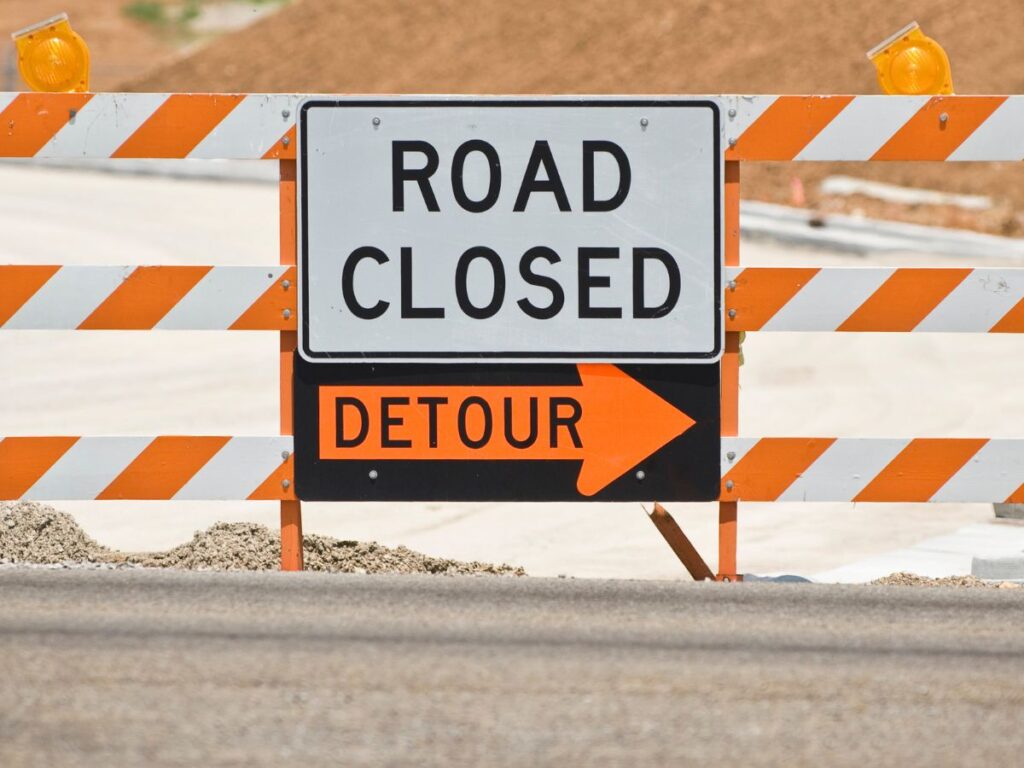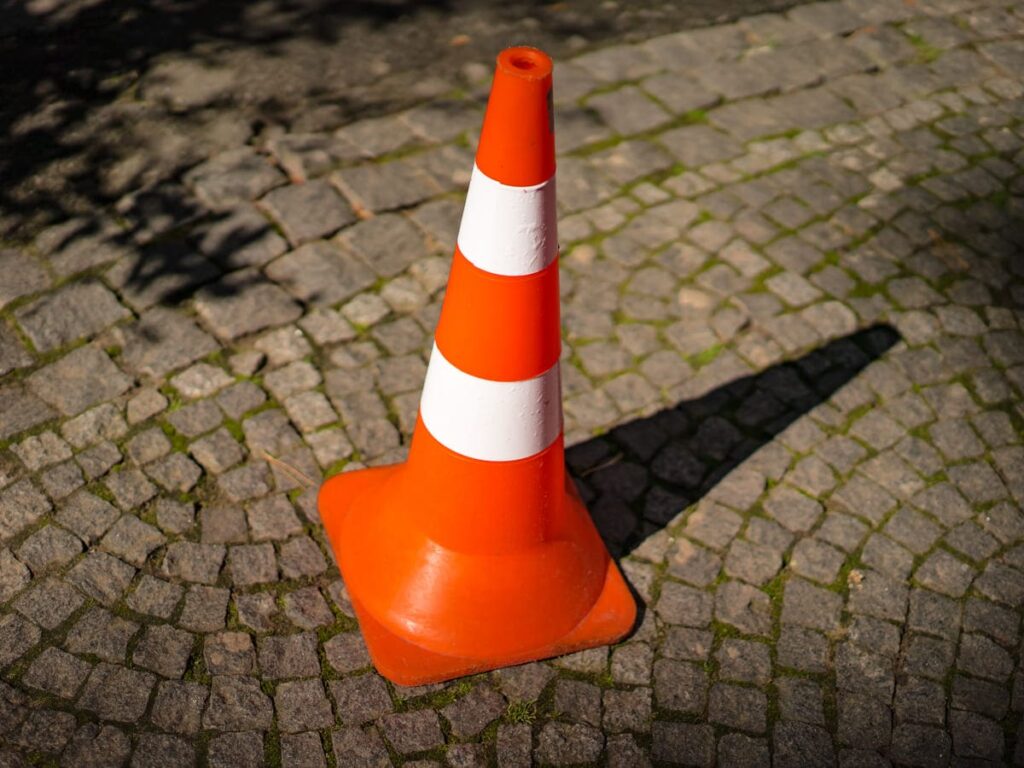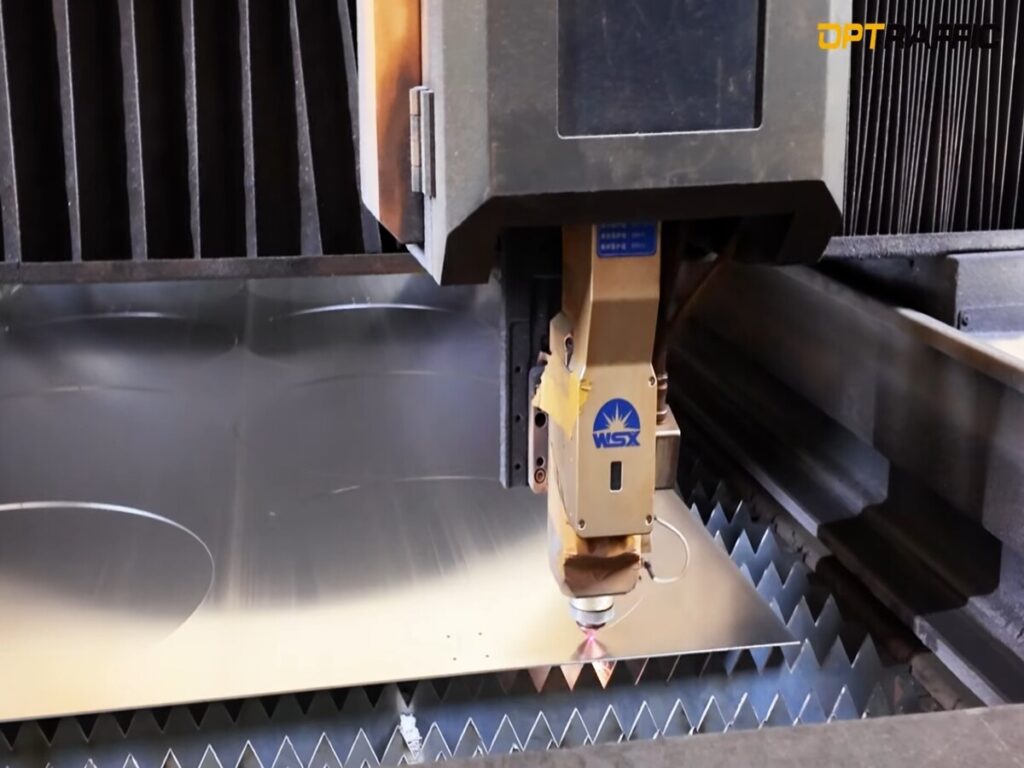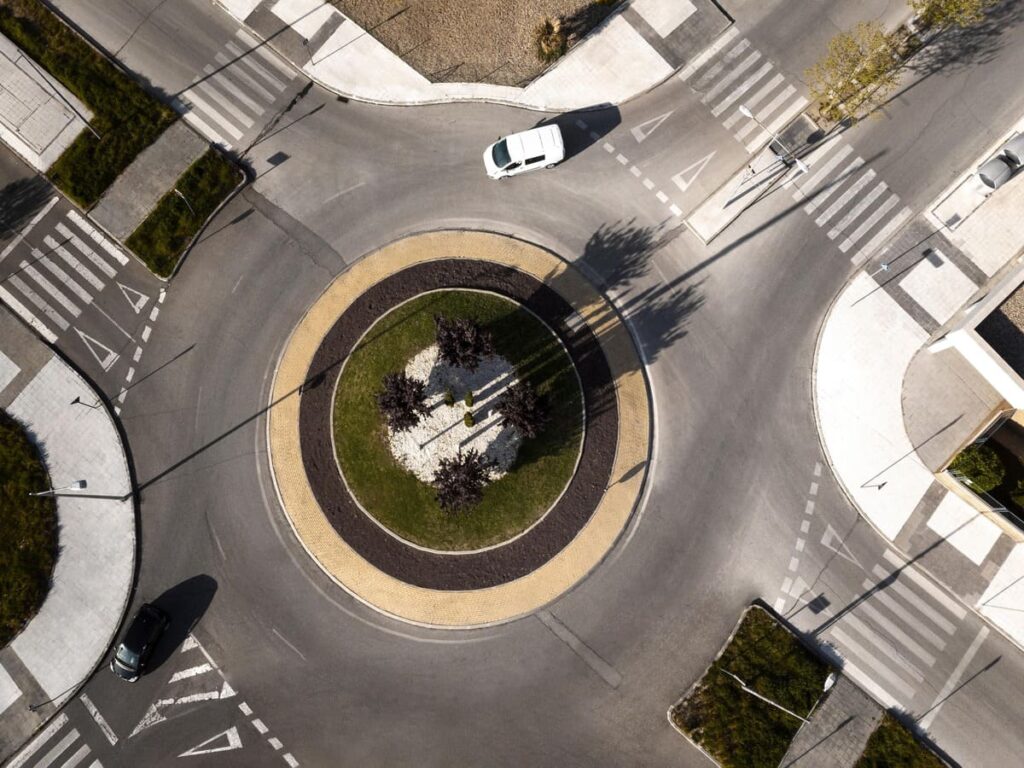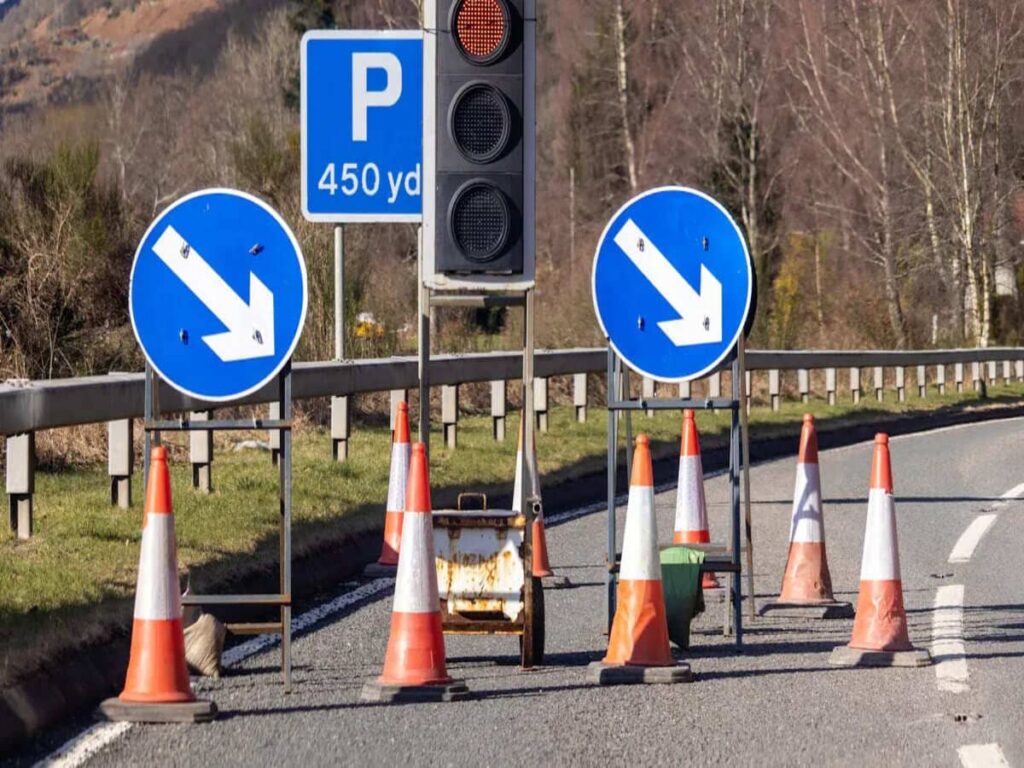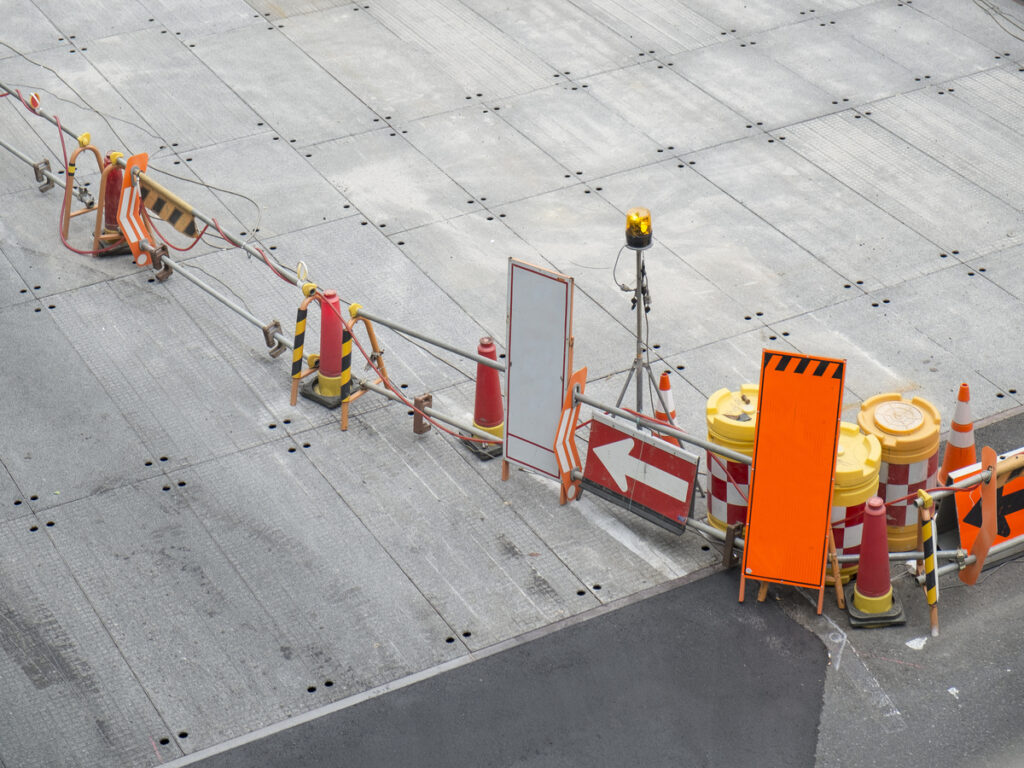
Когда дело доходит до поддержания безопасности в зонах строительства дорожного движения, Традовые конусы и разграничители являются незаменимыми инструментами. Их правильная установка не только направляет автомобилистов безопасно через или вокруг рабочих зон, но и защищает дорожные работники, пешеходы, и оборудование. Управляете ли вы задачей быстрого обслуживания или долгосрочным строительным проектом, Понимание того, как правильно настроить эти устройства, важно.
Перед погружением в процесс настройки, Обязательно ознакомьтесь с широким выбором продуктов, доступных на ОПТРАФИК, your trusted supplier for traffic safety solutions.
Почему правильная настройка дорожных конусов и разграничений имеет решающее значение
Устройства управления движением как конусы и денициаторы могут выглядеть просто, Но их стратегическое использование - краеугольный камень управления дорожным обеспечением. Неправильное или небрежное размещение может привести к опасным ситуациям, в том числе путаница водителя, столкновения, или несоблюдение правил дорожного движения, which can result in fines or legal liability.
Ключевые преимущества правильной настройки
- Повышенная безопасность: Прозрачный, visible guidance prevents accidents by directing traffic smoothly around hazards.
- Улучшенный поток трафика: Proper tapering and spacing reduce bottlenecks and sudden lane changes.
- Соответствие стандартам: Придерживаясь MUTCD (Руководство по однородным устройствам управления движением) and local guidelines protects your project legally.
- Защита работников: Prevents close encounters between workers and vehicles by clearly defining work zones.
Понимание дорожных конусов и разграничений: Что использовать и когда
Выбор правильного оборудования в значительной степени зависит от продолжительности вашего проекта, скорость движения, and environmental conditions.
Дорожные конусы
Дорожные конусы гибкие, портативные устройства, обычно используемые для временных настройки:
- Размеры: Доступно от 18 дюймы до 36 дюймов в высоту. Более высокие конусы (28"-36") are recommended for high-speed zones for better visibility.
- Материал: Обычно изготовлен из прочного ПВХ или резины, cones feature reflective collars that improve nighttime visibility.
- Стабильность: Взвешенные базы или укладку помогите предотвратить переплетывание конусов, especially on windy roads or busy highways.
- Идеальное использование: Краткосрочные закрытия полосы движения, Сцены аварии, or event management.
Разграничители
Разграничители-это вертикальные посты, предназначенные для долгосрочных или полупостоянных настроек:
- Размеры: Обычно между 36 и 48 дюймы в высоту, с отражающая лист or prismatic tape on one or both sides.
- Долговечность: Более жесткий и Погода по сравнению с конусами, with weighted or fixed bases for stability.
- Видимость: Their height and reflectivity make them ideal for guiding vehicles on curves or around long work zones.
- Варианты использования: Долгосрочные строительные зоны, Руководство по дорожке на автомагистралях, Пешеходная дорожка demarcation.
Просмотреть качественные разграничители и болларды, Посетите наш веб -сайт.
Пошаговые инструкции для безопасной и эффективной настройки
Шаг 1: Провести тщательную оценку сайта
- Пройти всю рабочую зону, Наблюдая за схемами трафика, дорожные условия, Расстояния зрелищного зрелища, and potential hazards.
- Identify the start and end points for your cone taper or delineator layout.
- Проконсультируйтесь с местными правилами трафика (такой как Mutcd или Стандарты Caltrans) to ensure compliance.
- Обратите внимание на факторы окружающей среды, такие как ветер, дождь, or poor lighting that may impact device stability and visibility.
Шаг 2: Рассчитать и определить надлежащий интервал
Расстояние необходимо для понимания и безопасности водителя:
| Тип дороги | Рекомендованное расстояние между конусами | Рекомендованные распределительные интервалы | Примечания |
| Высокоскоростные автомагистрали | 20 к 30 ноги | 50 к 80 ноги | Более широкое расстояние вмещает более быстрые скорости автомобиля. |
| Городские улицы | 10 к 15 ноги | 30 к 50 ноги | Беспокойнее расстояние из -за более низкой скорости и большего количества препятствий. |
| Пешеходные зоны | 5 к 10 ноги | 20 к 30 ноги | Обеспечивает максимальную видимость и безопасность для пешеходного движения. |
Правильное расстояние расстояния позволяет драйверам достаточно времени, чтобы регулировать полосы движения или снизить скорость, уменьшение внезапных маневров, которые могут вызвать аварии.
Шаг 3: Постепенно развернуть конус
- Begin deployment from the farthest point of the taper and work backward toward the active work area.
- Поместите шишки на расчетное расстояние, creating a smooth and gradual lane closure.
- The taper length can be determined by multiplying the spacing by the number of cones.
- Ensure road cones are positioned straight and upright to maximize visibility.
Шаг 4: Установите разграничители стратегически
- Положение децировщиков вдоль края перемещения дорожного движения, вокруг кривых, and where lane boundaries need clear definition.
- Make sure the reflective side faces oncoming traffic.
- Безопасный дениции с соответствующей базой weights or sandbags to prevent tipping.
- Use bright prismatic reflective sheeting for nighttime or low-visibility conditions.
Шаг 5: Добавить настройку дополнительными мерами безопасности
- Place advance warning signs at the recommended distances to alert motorists well before the work zone.
- Use arrow boards or portable crash attenuators to protect the work zone and workers.
- Assign trained flaggers where needed to control traffic and communicate hazards.
- Ensure all personnel wear proper high-visibility safety apparel.
Шаг 6: Поддерживать настройку и правильно удалить
- Regularly inspect cones and delineators for damage or displacement.
- Clean reflective surfaces to maintain maximum brightness and visibility.
- Replace any worn or broken equipment promptly.
- Удалить устройства в обратном порядке установки после завершения работы, ensuring traffic flow is restored smoothly.
Для получения более подробной информации о выборе и использовании трафик, Исследуйте наш Дорожные конусы.
Экспертные советы по повышению безопасности и эффективности
- Используйте взвешенные конусы: Для ветреных условий или высокоскоростных дорог, heavier cones reduce the risk of blowovers.
- Запланировать настройку умно: Когда это возможно, conduct setup and removal during off-peak hours or at night to minimize traffic disruption.
- Регулярные проверки: Выполнять почасовые проверки в активных зонах, especially during heavy traffic or poor weather.
- Тренируйте свою команду: Убедитесь, что все работники понимают планы управления движением, Использование оборудования, and safety protocols.
- Сохраняйте отражающие поверхности в чистоте: Dirt and grime reduce visibility — clean cones and delineators regularly.
- Общаться: Use radios or hand signals for coordinated crew movements in complex setups.
Часто задаваемые вопросы (Часто задаваемые вопросы)
Что такое рекомендуемое расстояние между конусами и разграничителями?
Расстояние расстояния зависит от скорости дороги и окружающей среды. На шоссе, Конусы должны быть расположены 20-30 футы друг от друга, с распределителями расстояния 50-80 футы друг от друга. Беспощательное расстояние используется в городских или пешеходных районах.
Как я могу сохранить конюшни в конусах в ветреные условия?
Выберите шишки с тяжелыми, взвешенные основания или добавить балласт, такой как мешки с песком. Для разграничений, Используйте соответствующие взвешенные основания для локальных руководящих принципов для поддержания стабильности.
Достаточные конусы достаточно для зон работы на шоссе?
Нет. Дорожные рабочие зоны требуется комплексный план управления движением, включая конусы, дениции, продвигать Предупреждающие знаки, стрелки доски, флагцы, and crash vehicles for optimal safety.
Как часто следует проверять устройства управления движением?
Инспекция должна быть частой - по крайней мере, один раз в час в активном, зоны с высоким трафиком, и ежедневно в менее активных областях. Быстро исправьте любые проблемы, чтобы поддерживать безопасность.
Где я могу получить консультации экспертов или продукты для управления движением?
Посещать Optraffic свяжитесь с нами to speak with professionals or browse their extensive product range.
Последние мысли
Настройка дорожных конусов и разграничений с осторожностью, точность, и приверженность передовым практикам значительно повышает безопасность для всех участников. Ключ - правильное планирование, Выбор правильных устройств, поддержание четкой видимости, и следовать нормативным руководствам.
Используя это комплексное руководство, Вы готовы создать более безопасные рабочие зоны, которые защищают вашу команду и путешествующую общественность.
Для углубленного понимания производственных и региональных тенденций в дорожных конусах, Обязательно Проверьте здесь.

